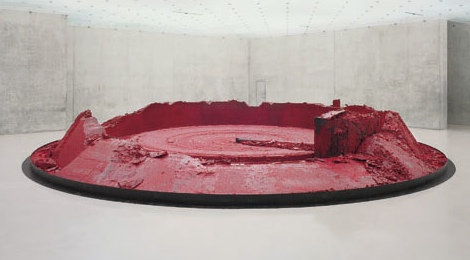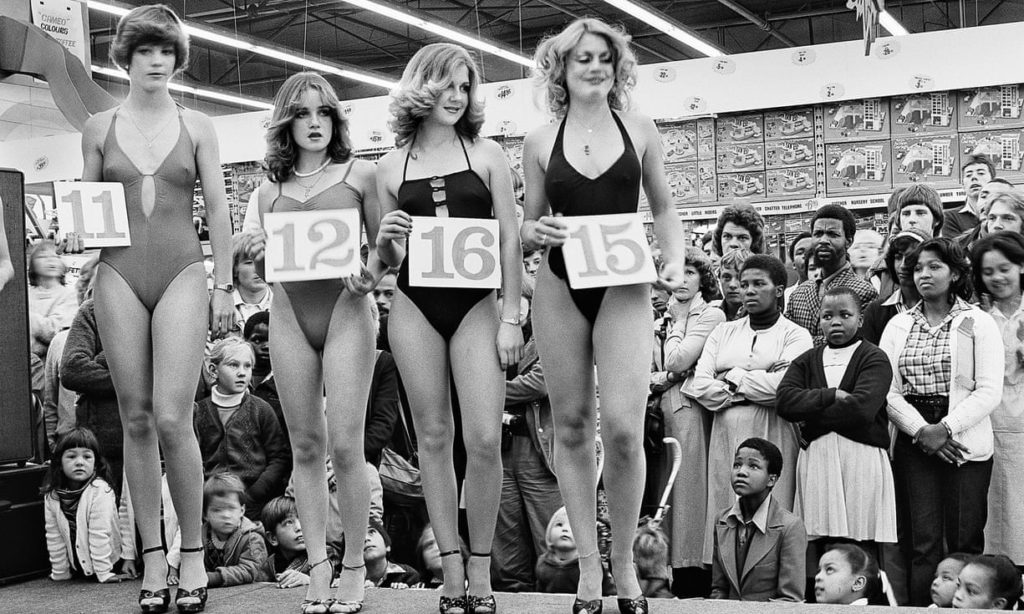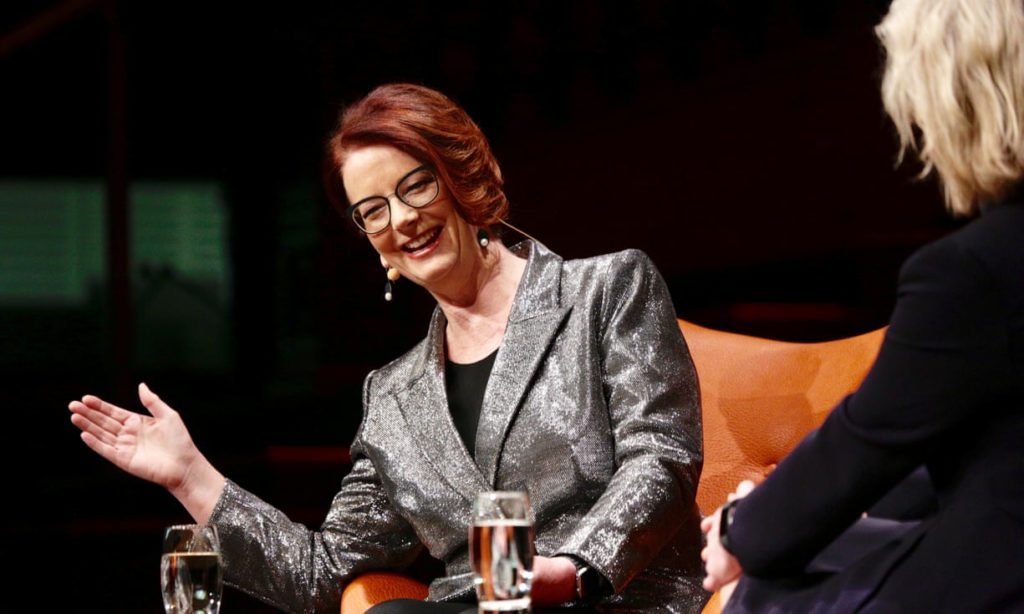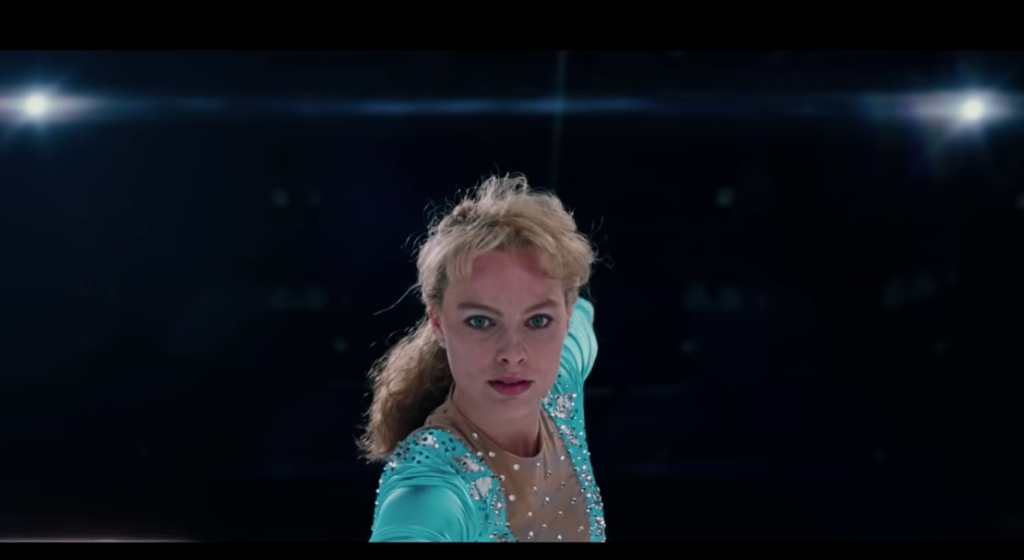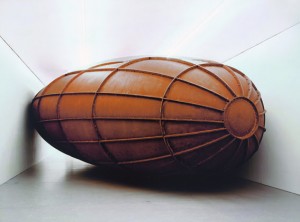
Elizabeth Ann Macgregor has known British artist Anish Kapoor for a long time.
Her first job in the 1980s was as a curator and driver for the Scottish Arts Council’s travelling gallery, where she showed one of his early works. She remembers being astounded by his work. “There he was with this extraordinary colour, that very intense pigment that was so inspired by the spice markets of India,” she remembers. “And then, of course, those amazingly exotic shapes: very sensual, very fecund shapes that are actually quite feminine in many ways. So there’s this Indian man, making these extraordinarily colourful works in extraordinary shapes.”
Kapoor is now one of the world’s most significant contemporary artists, awarded the Turner Prize in 1991 and the Praemium Imperiale in 2011. His signature large scale public sculptures became landmarks when exhibited in Chicago, New York’s Rockefeller Center and London’s Kensington Gardens, while his work Arcelor Mittal Orbit was commissioned for the London Olympics and is now a permanent artwork. And this month Sydney’s Museum of Contemporary Art (MCA) opens the first major exhibition of his work in Australia.
“They’re works you just don’t forget.
They burn into your retina
in a way that you remember them.”
In selecting the work, Macgregor wanted to give audiences an overview. “He’s so prolific in terms of his materials. It goes from plaster to resin to stone to mirror, so [we wanted] to give a sense of that diversity,” she says.
She also wanted to show the way the artist has challenged himself over the years, with works like Memory, commissioned for the Berlin Guggenheim, a massive steel structure that offers an interior view and an exterior view, but not at the same time.
His circular waxwork My Red Homeland is also included to demonstrate Kapoor’s fascination with the accidental nature of creating art, and his dramatic Sky Mirror will sit on the museum’s front lawn.
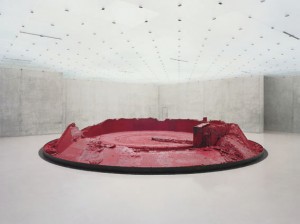
The reason he is so compelling, says Macgregor, is because of the work’s relationship with the viewer. “The work is very experiential. It’s not just ‘there’s an object’. It’s ‘there’s the object and then you’. Your body or your senses or some part of you will be drawn into it, whether it’s those mirrored works where you’re flipped upside down or they reflect what’s around you, so that everything becomes kaleidoscoped in the mirror.”
It is one of the most logistically complex shows the MCA has done, but Macgregor is certain audiences will respond to it. “It’s incredible how these sculptures take on their surroundings and become memories for people. And once the work’s gone, the important thing is what resonates after. They’re works you just don’t forget. They burn into your retina in a way that you remember them.”
Anish Kapoor, December 20 to April 1, 2013; for details go to www.mca.com.au.
Published in Vogue Australia December 2012
WHY DON’T YOU READ:
New Francis Bacon Exhibition at AGNSW
Michael Zavros wins the Bulgari prize
